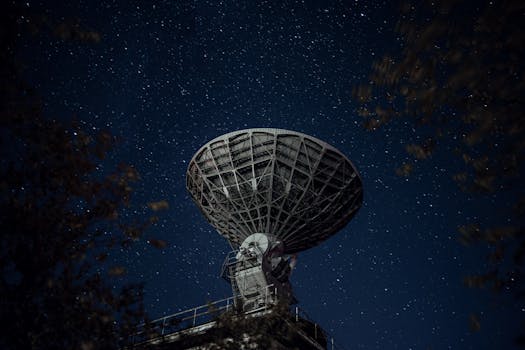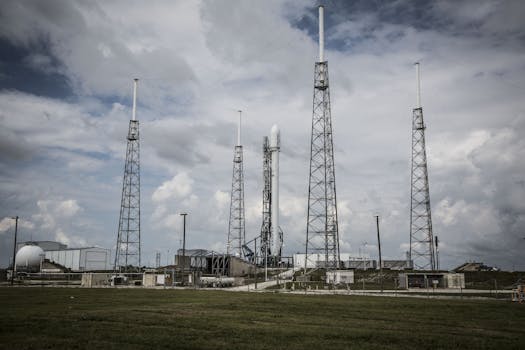
Introduction to Starlink
Starlink is the focus keyword for this article, and as such, it is a satellite constellation developed by SpaceX, founded by Elon Musk. The primary objective of Starlink is to provide high-speed, low-latency internet connectivity to the world, particularly in areas where traditional fiber-optic and wireless networks are unavailable or unreliable. This ambitious project aims to bridge the digital divide and revolutionize the way we access the internet.
Technology and Deployment

Starlink utilizes a constellation of low-Earth orbit (LEO) satellites, which are launched into space using SpaceX’s Falcon 9 rocket. Each satellite is equipped with a sophisticated communication system, enabling it to transmit and receive data to and from user terminals on the ground. The satellites are designed to operate in a sun-synchronous orbit, which allows them to maintain a consistent altitude and provide continuous coverage to specific regions.
The Starlink system consists of several key components, including the user terminal, gateway, and satellite. The user terminal is a compact, phased-array antenna that communicates with the satellites, while the gateway is a large, high-gain antenna that connects the satellite network to the internet backbone. The satellites themselves are designed to be highly efficient, with a lifespan of approximately five years.
Impact on Global Connectivity

The deployment of Starlink has the potential to significantly impact global connectivity, particularly in rural and underserved areas. By providing high-speed internet access, Starlink can enable communities to access essential services such as education, healthcare, and financial services. Additionally, Starlink can support economic development by enabling businesses to operate more efficiently and effectively.
Challenges and Future Developments

Despite the potential benefits of Starlink, there are several challenges that need to be addressed. One of the primary concerns is the issue of space debris, as the large number of satellites in the Starlink constellation can contribute to the growing problem of orbital pollution. Furthermore, there are regulatory challenges, as governments and international organizations work to establish guidelines and standards for the deployment of satellite constellations.
In terms of future developments, SpaceX is continuously working to improve the Starlink system, with plans to launch thousands of additional satellites in the coming years. The company is also exploring new technologies, such as laser communication systems, to enhance the performance and capabilities of the Starlink network.
See more:




